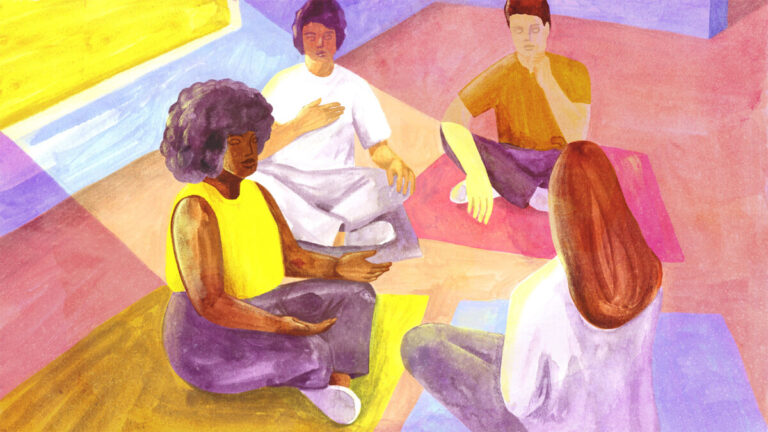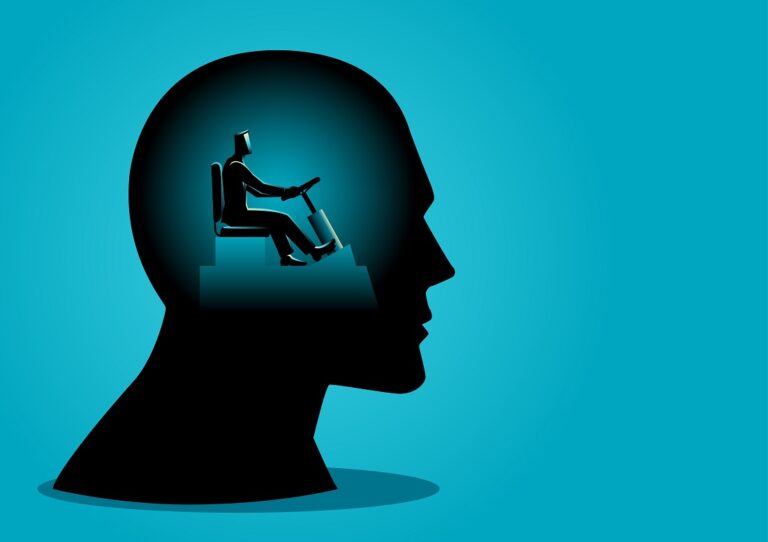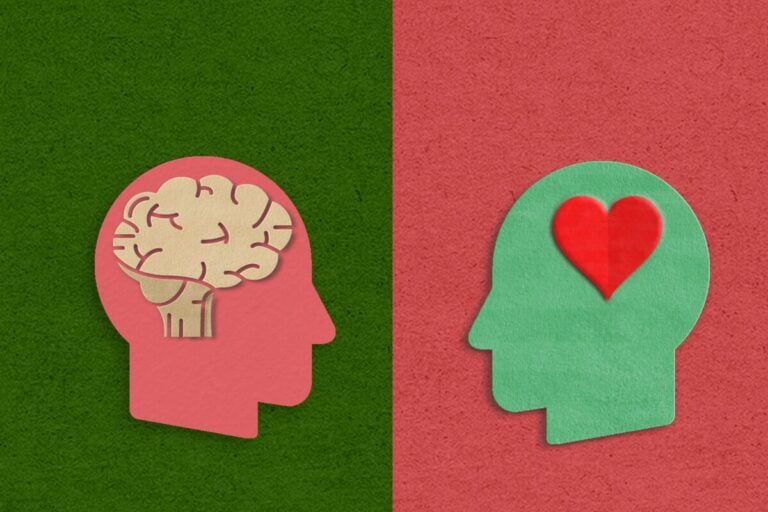Many people have probably heard about psychosomatics. You can even more or less imagine what it is.
A number of doctors actually state that the majority of patients visiting medical institutions suffer from psychosomatic disorders. For the most part this is not that important, it is important to know that their number makes up a fairly significant proportion of patients.
In 1997, according to the World Health Organization, about 20% of patients visiting general practitioners had at least six unexplained symptoms that threatened their life or health. Psychosomatic symptoms are now so common that many of us may experience more severe or milder psychosomatic symptoms throughout our lives. If this is such a significant proportion of patients, then perhaps it is worth finding out more about it?
Origin of the term “psychosomatics”
Although, say, in a broad context, psychosomatics is perceived in a narrower environment, that is, medicine, sometimes it means not only a disorder that does not have a physical basis, but also a disorder in which there is a physical basis, but it is highly dependent on the psychological aspect. In any case, this interaction implies that the mind-body dualism proposed by Descartes is not entirely correct.
“Evolution” of psychosomatics
The focus on psychosomatics probably began when Freud and Breuer began working with hysterical patients, especially the famous Anna O (real name Bertha Pappenheim). Sometimes it is even difficult to understand what our mind can do to our body, especially if we look at it from the historical perspective of psychosomatic disorders.

The famous patient Anna O. had a part of her body paralyzed, her vision, speech, and hearing were impaired. Hysterical disorders were quite common among the upper and middle classes, especially among women, but the term was abandoned for some time as it was not only stigmatizing, but also misleading and incomplete.
Diseases of this nature are now divided into somatization, conversion, and hypochondriacal disorders. All of the above-mentioned paralysis, blindness, deafness and similar symptoms are now characteristic of so-called conversion disorders, which are usually based on unresolved conflict. These disorders are now much less common than before.
This is due to the fact that our sociocultural environment in which we live has changed radically, people have become more literate in medicine and psychology, hysteria is no longer a socially acceptable diagnosis, so we can say that psychosomatics has now taken over a more subtle form and expressed differently. For example, headache, pain in the heart, in the abdomen, various numbness, tingling, tremors, rapid pulse, high blood pressure, back pain.
It is these symptoms that are more socially desirable and are more likely to receive adequate medical attention rather than being immediately referred to a psychiatrist. Thus, the spectrum of psychomatic symptoms is very wide: from mild pain to paralysis.
The complexity of treatment for the patient and the doctor

Patients often “look” for illness and undergo medical tests, examinations and tests to confirm or rule out their concerns, and doctors lose patience after several tests that show nothing and no longer refer such patients for testing and suggest that they see a psychiatrist or simply prescribe sedatives.
The most important role in this should be the cooperation of the doctor and the patient, and the seriousness of the problem should not be underestimated. Even if the disorder does not have a physical basis, it is real because it disrupts a person’s normal life, causing pain, discomfort and similar negative feelings.
The doctor has 15 minutes to see the patient, during which at least a few minutes could be devoted to dialogue with the patient, and not just prescribing sedatives or sending to another specialist.
Working with such patients is also difficult because the repetition of symptoms that have no physical basis can easily interfere with the symptom of the real disorder, which will be underestimated simply because the patient has not had anything before. There are many cases of patients dying or experiencing serious health problems when, due to their previous psychosomatic symptoms, recurring symptoms were underestimated by their treating physicians.
Therefore, it must be emphasized once again that the cornerstone of working with such patients should be quality dialogue, listening, and assessment of the situation.
Brain error?

The search for the disease is necessary only to find an objective explanation for our suffering, but we may not find an objective explanation, which complicates the patient’s situation, since patients often tend to deny that the complaint can be caused by psychological reasons, which can cause more and more symptoms.
The good news is that if you don’t find any physical damage or changes, it’s worth looking for the cause of your emotional stress, even if it seems impossible. Once this is discovered, understood and acknowledged, the symptoms usually go away.
Psychosomatic symptoms can be caused by a variety of reasons: depression, anxiety, psychological trauma, stress. Sometimes symptoms can appear long after the psychological trauma, as they are deeply embedded in the subconscious.
Neurologist Suzanne O’Sullivan gives a very picturesque and clear explanation of psychosomatic symptoms. She argues that our bodies need very little to respond physiologically.
Although many people think that people with psychosomatic symptoms are making it all up, this is not the case. It is true that science has not yet been able to answer exactly what happens in the brain when experiencing psychosomatic symptoms, but it is known that people experiencing such symptoms have completely different areas of the brain active than those who experience such symptoms and are completely healthy or pretends to be sick. This information was confirmed by functional magnetic resonance imaging data.
Culture and society
The manifestations of psychosomatic disorders are also influenced by culture and environment. For example, chronic fatigue syndrome is more common in the US or UK, but less common in France.
Sometimes psychosomatic symptoms manifest themselves as a certain form of behavior, as a certain way of reacting to stress in life, work, difficulties in the family, and so on.















